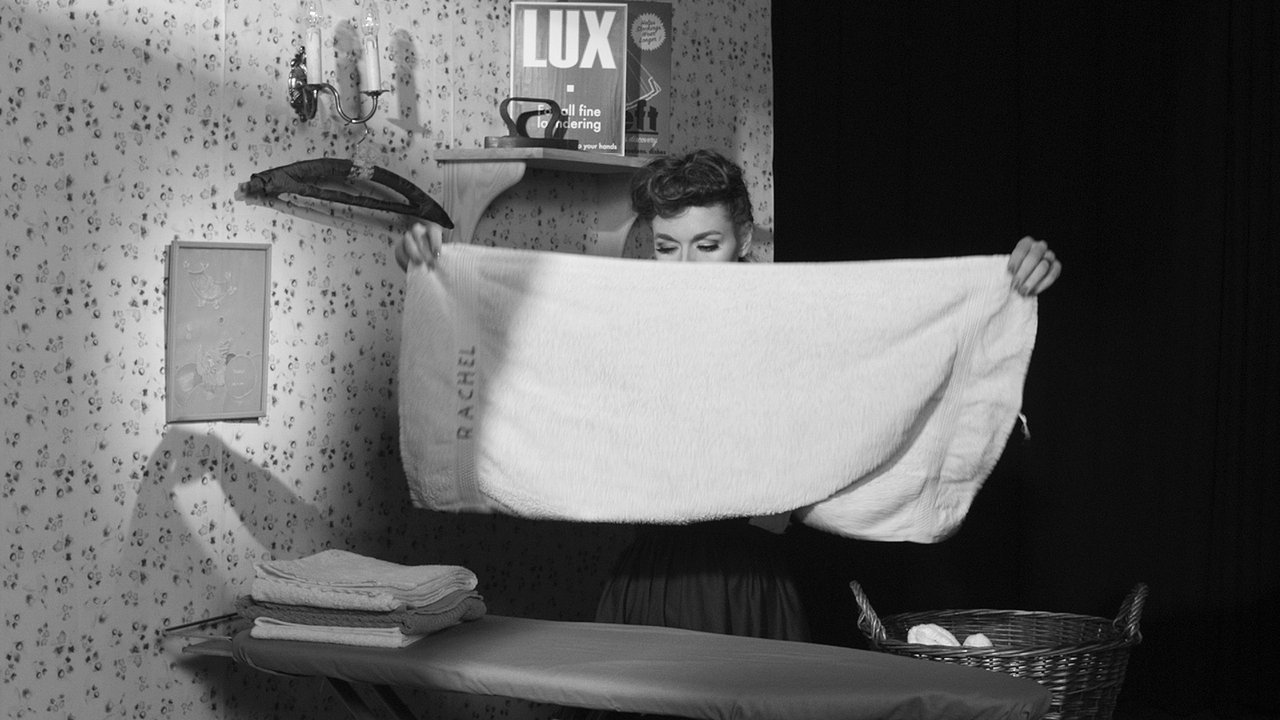
Ordinary Things (that happened in the childhood home of the maker of this film)(NaN)
The reliability of memory is being questioned when, set within the highly constructed world of Old Hollywood, the filmmaker recalls memories of her childhood home.
Somewhere between the 1930s and now, the cameras start turning and Joan Crawford, Bette Davis and Marlene Dietrich gather on one film set. The floor gleams, the spotlights are burning, the narration starts. Born out of a fascination for the construction that is Hollywood, and by extension ‘the perfect Hollywood home’, the maker embodies three actresses from Hollywood’s golden era and their so-called private lives. Their smallest personality traits are performed so precise and characteristically that it becomes artificial. The home isn’t homely. It plays “house” and the inhabitants are speaking Hollywoodian. In this setting, the maker of the film recalls memories of growing up in her childhood home.
Movie: Ordinary Things (that happened in the childhood home of the maker of this film)
Video Trailer Ordinary Things (that happened in the childhood home of the maker of this film)
Similar Movies
 0.0
0.0Good Stock On The Dimension Floor: An Opera(en)
A collectively made filmic opera in 35 parts. The Black and predominantly queer art collective, an evolving line up of poets and artists from across the world, abstracts and reimagines opera in any traditional conception. Set to hip-hop, blues, noise, R&B and electronica, the piece uses the voice (chanting, singing, screaming; written by poet and activist Dawn Lundy Martin) as its primary tool, verbalising centuries of alienation, vulnerability and protest in the global African diaspora through its disruptive libretto.
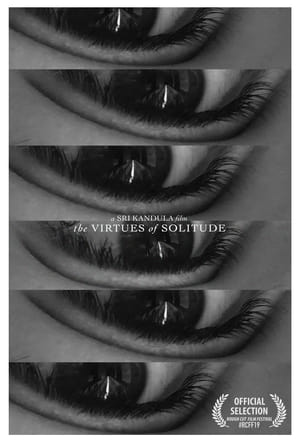 0.0
0.0The Virtues of Solitude(en)
In the future, a second great flood covers most of the known world. Country borders collapse and language barrier disappear. All salvageable books are taken to a deep underground vault facility for protection. Run by priests, the facility is called The Stacks. As Olivia wanders the facility she discovers that she may not be alone and that a dark part of her past may have followed her into the narrow corridors of this inescapable purgatory.
 6.8
6.8The Donner Party(en)
Doomed attempt to get to California in 1846. More than just a riveting tale of death, endurance and survival. The Donner Party's nightmarish journey penetrated to the very heart of the American Dream at a crucial phase of the nation's "manifest destiny." Touching some of the most powerful social, economic and political currents of the time, this extraordinary narrative remains one of the most compelling and enduring episodes to come out of the West.
The Fatal Telephone(sl)
Experimental feature about two young men trying to make a film.
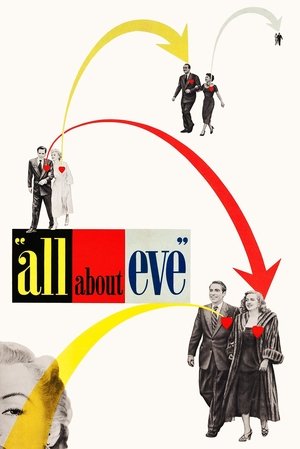 8.1
8.1All About Eve(en)
From the moment she glimpses her idol at the stage door, Eve Harrington is determined to take the reins of power away from the great actress Margo Channing. Eve maneuvers her way into Margo's Broadway role, becomes a sensation and even causes turmoil in the lives of Margo's director boyfriend, her playwright and his wife. Only the cynical drama critic sees through Eve, admiring her audacity and perfect pattern of deceit.
 0.0
0.0The Caregiver(en)
A babysitter named Rachel (Mea-Leona Murray) is determined to find the reason for her mute grandmother's (Willow Hale) sudden intense outburst upon meeting Emma (Iliana Kalatzakis), the girl Rachel is assigned to babysit. Emma swears she's never met Rachel's grandmother before in her life.
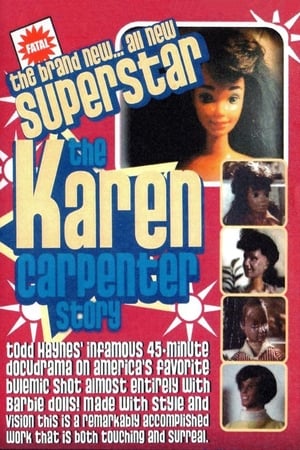 7.1
7.1Superstar: The Karen Carpenter Story(en)
The final 17 years of American singer and musician Karen Carpenter, performed almost entirely by modified Barbie dolls.
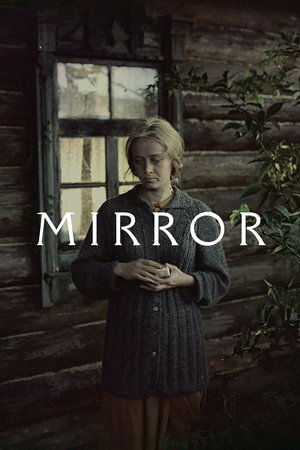 8.0
8.0Mirror(ru)
A dying man in his forties recalls his childhood, his mother, the war and personal moments that tell of and juxtapose pivotal moments in Soviet history with daily life.
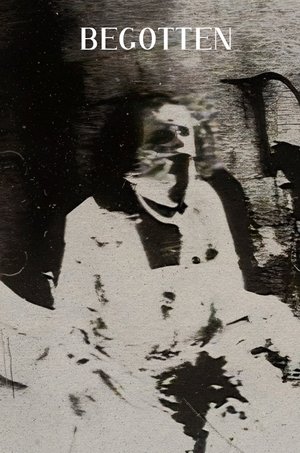 5.9
5.9Begotten(en)
Begotten is the creation myth brought to life, the story of no less than the violent death of God and the (re)birth of nature on a barren earth.
 7.8
7.8Mulholland Drive(en)
Blonde Betty Elms has only just arrived in Hollywood to become a movie star when she meets an enigmatic brunette with amnesia. Meanwhile, as the two set off to solve the second woman's identity, filmmaker Adam Kesher runs into ominous trouble while casting his latest project.
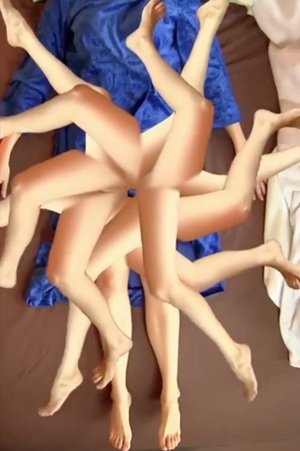 0.0
0.0Restless Leg Saga(en)
In this edition of Moulton's narrative series, the artist's character Cynthia suffers from Restless Leg Syndrome, and seeks relief in pharmaceutical ads on TV and in health magazines. In a domestic world enlivened with animated dance and mystic poetry (written and read by poet John Coletti), Cynthia finds relief in the healing mineral AION A, discovered by Swiss artist Emma Kunz.
 10.0
10.0Pagan Invasion, Vol. 13: Doorways To Satan(en)
The dawn of the 21st Century has found much of modern society obsessed with occult mysteries, sadistic violence, and evil. Everything from cartoons and video games to recorded music and major theatrical films are being designed and promote to "satisfy" the public's insatiable lust for the macabre. Most disturbing is the rise in the practice of Satanism. Law enforcement agencies are unable to keep up with the increasing numbers of heinous, Satanically inspired crimes. Basically a remake of Devil Worship: The Rise of Satanism (1989) using the same footage.
Clouds(en)
Clouds 1969 by the British filmmaker Peter Gidal is a film comprised of ten minutes of looped footage of the sky, shot with a handheld camera using a zoom to achieve close-up images. Aside from the amorphous shapes of the clouds, the only forms to appear in the film are an aeroplane flying overhead and the side of a building, and these only as fleeting glimpses. The formless image of the sky and the repetition of the footage on a loop prevent any clear narrative development within the film. The minimal soundtrack consists of a sustained oscillating sine wave, consistently audible throughout the film without progression or climax. The work is shown as a projection and was not produced in an edition. The subject of the film can be said to be the material qualities of film itself: the grain, the light, the shadow and inconsistencies in the print.
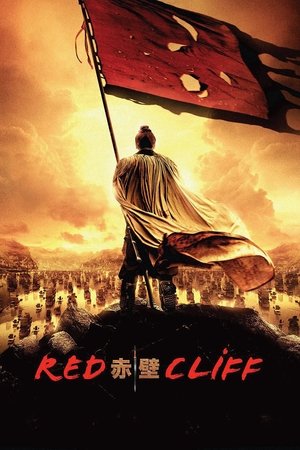 7.1
7.1Red Cliff(zh)
In 208 A.D., in the final days of the Han Dynasty, shrewd Prime Minster Cao convinced the fickle Emperor Han the only way to unite all of China was to declare war on the kingdoms of Xu in the west and East Wu in the south. Thus began a military campaign of unprecedented scale. Left with no other hope for survival, the kingdoms of Xu and East Wu formed an unlikely alliance.
 5.4
5.4Tubelight(hi)
Laxman Singh Bisht is nicknamed tube light by his neighbours because he is feeble-minded. Despite being special, Laxman lives by one life-lesson; keep your faith alive and you can do almost anything, even stop a war.
The Adventures of *(en)
Life drums the playfulness out of a boy as he grows up.
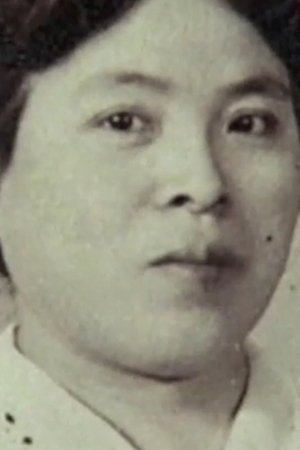 0.0
0.0The Displaced View(en)
The Displaced View traces a personal search for identity and pride, within the unique and suppressed history of the Japanese in Canada. Through an examination of the emotional and cultural links between the women of one family, the processes of the construction of memory and the re-construction of history, are revealed. Utilizing an innovative combination of experimental, dramatic and documentary forms, the film emerges as a deeply moving and compassionate love letter. Just as the official history of the Japanese Canadians has been thrown into question, so does the film’s fictionalized narrative, question documentary as truth.
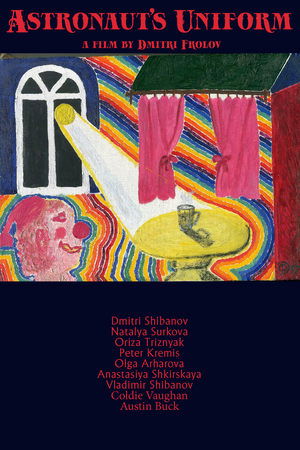 10.0
10.0Astronaut's Uniform(ru)
Mockumentary experimental film, which shows one day in the life of a young man. The action takes place on the Day of Soviet Cosmonautics, April 12, one of the last years of the USSR. Outside the window, it is gradually getting warmer, the onset of spring is felt, promising hope for the possibility of changes in the country. The hero of the film is fond of space. The young man, who idolizes Gagarin, is engaged in reconstruction, making the uniform in which the cosmonaut walked in the prime of his glory. Our hero is also a film enthusiast. He makes films with stories of space flights and shows them to his friends. The film is stylized as amateur films of the 1980s and was shot on a 16-mm color film made by the company" Svema", made in the Soviet Union. The quality of this film allows the viewer to fully immerse themselves in the atmosphere of the time of the film, which is dedicated to Soviet cosmonautics and Edward D. Wood Jr.
Highlights(en)
Lights flicker & fade as focus shifts from artificial to natural light, ending on a second artificial light speeding through the blackened miasma of the night sky.


